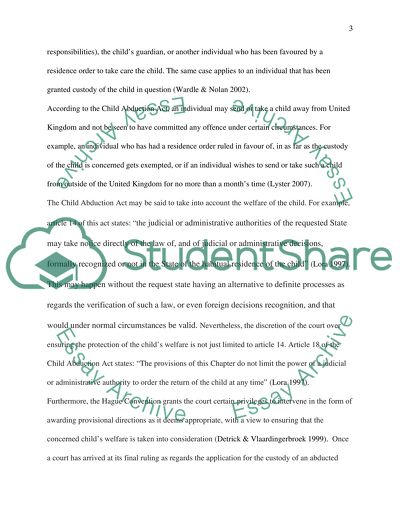Cite this document
(“Child Law Essay Example | Topics and Well Written Essays - 1000 words”, n.d.)
Retrieved from https://studentshare.org/miscellaneous/1554179-child-law
Retrieved from https://studentshare.org/miscellaneous/1554179-child-law
(Child Law Essay Example | Topics and Well Written Essays - 1000 Words)
https://studentshare.org/miscellaneous/1554179-child-law.
https://studentshare.org/miscellaneous/1554179-child-law.
“Child Law Essay Example | Topics and Well Written Essays - 1000 Words”, n.d. https://studentshare.org/miscellaneous/1554179-child-law.


